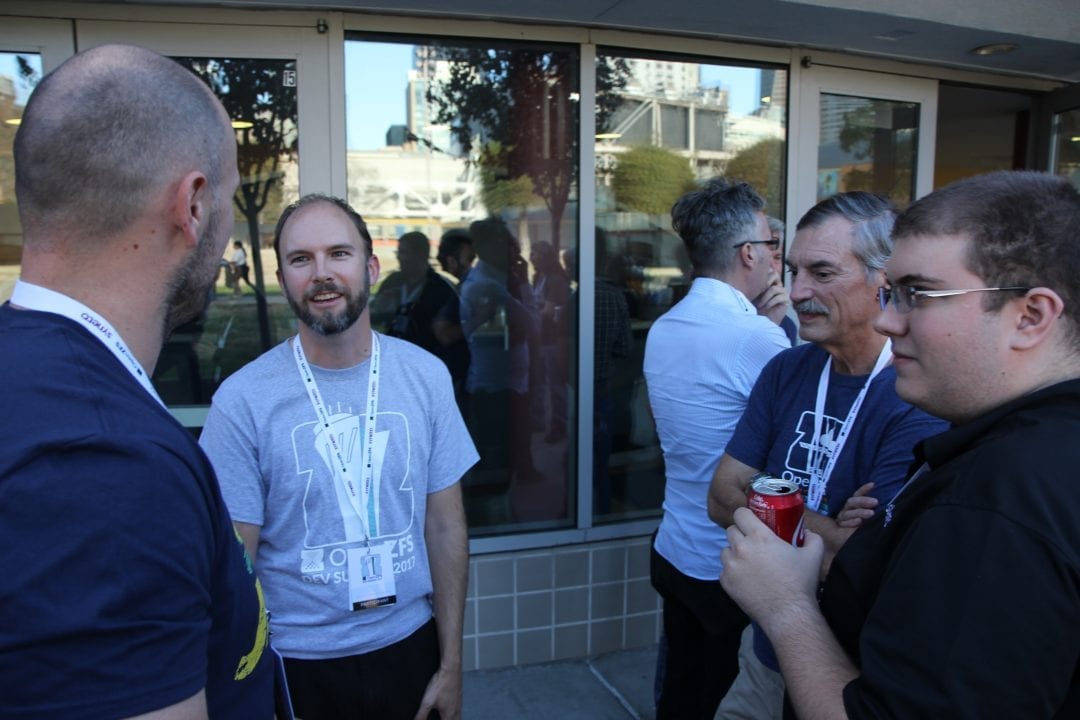
Some people on #freenas even suggested that I’m limited by one or more of the buses, but it’s hard to believe given that I connect to the 24 SSDs via 24 SAS ports, those are split between two SAS3 HBA cards, and those 2 cards both go to a PCI-E 3.0 x8 slot. In fact, the results are almost too good to believe.

See? I rest my case, this is the most consistent performance ever. This chart also includes RAID-Z3, which has no Storage Spaces equivalent (it’s basically triple parity) so it’s missing from the previous comparisons. I just wanna show you how incredibly balanced ZFS RAID performance is. Would anyone actually want to use it for… anything? RAID-Z Of course, reads are the least of our problems so check out writes again.Īgain, Storage Spaces is annihilated. Overall, it’s about the same throughput as with RAID-Z2. You may remember that for whatever reason SS RAID6 read performance was considerable better than that of RAID5 and in this case it shows. Let’s see what’s the deal with double parity. Storage Spaces is absolutely worthless compared to this. There’s simply no excuse for Microsoft with this. Quite ridiculous, isn’t it? That’s how we do things in downtown. Yeah, with single parity it actually looks like something usable compared to Storage Spaces, but trust me, it’ll only get better. Same goes for writes, totally predictable performance.

ZFS is maybe a bit more balanced, but that’s it. For your reference, I’ve also made the raw numbers available here.īased on my (and others’) previous benchmarks, we already know all too well that while RAID10 performance is pretty decent with Storage Spaces, but parity schemes just suck ass. If you think this needs to be improved, just let me know in the comments section.

It’s not quite the same because it generates various request lenghts for each chunck size, so I had no better idea than to just average those values. On FreeNAS (FreeBSD) there’s no ATTO Disk Benchmark, obviously, but there’s Iozone. The most interesting part will be, of course, to see how those stand against Storage Spaces. It’s time for the big showdown! In this post I continue with my benchmark frenzy and after messing around with ZFS I put those SSDs to the test with FreeNAS.


 0 kommentar(er)
0 kommentar(er)
